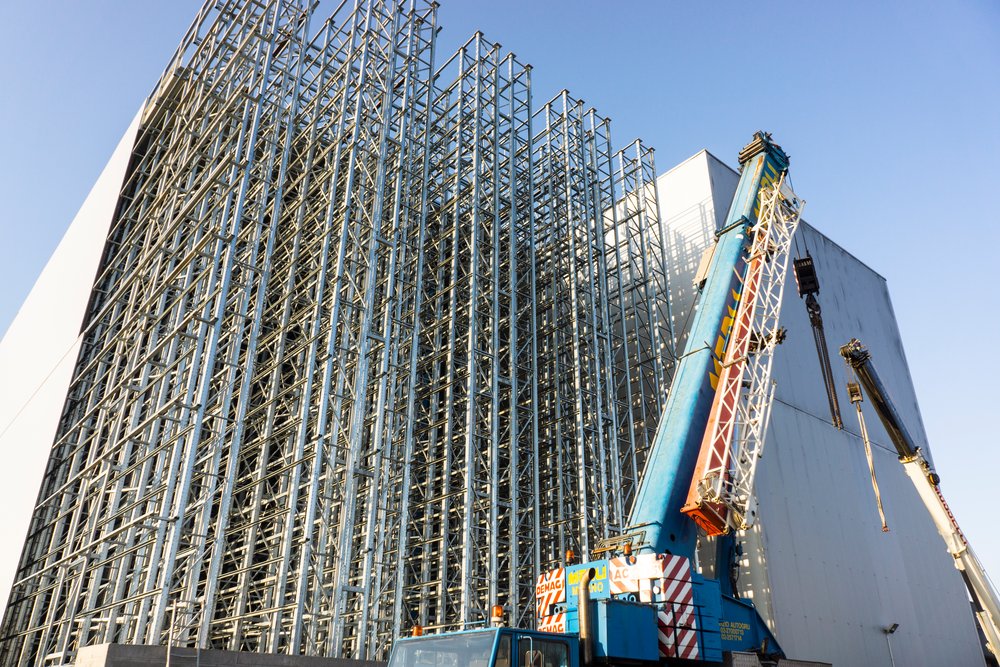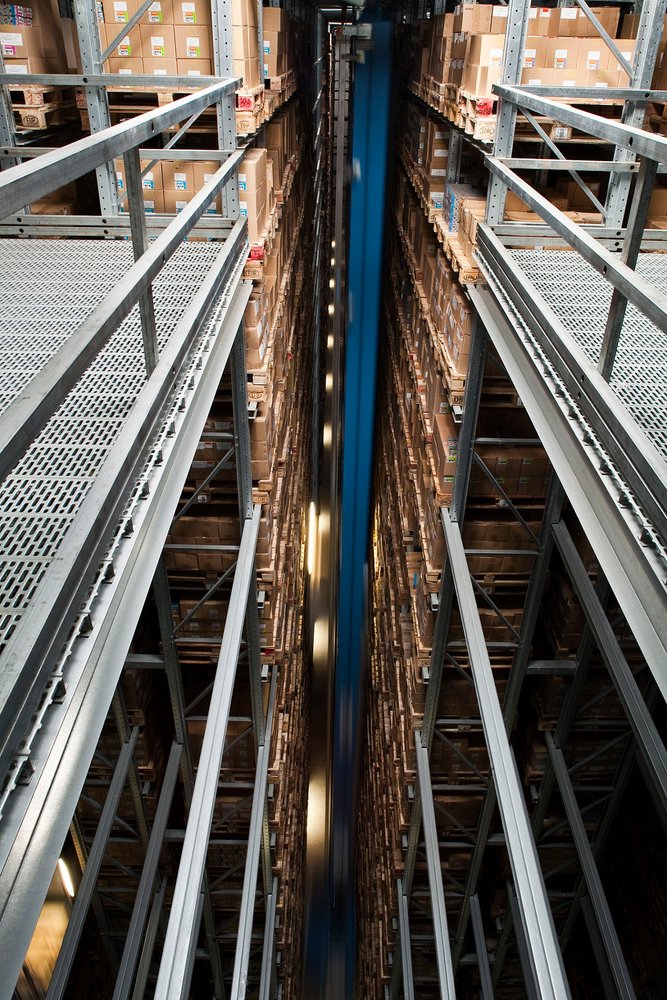A correct warehouse management is essential because on the speed and efficiency with which orders are filled depends the level of competitiveness against competitors. Knowing well the available storage systems and adopting the most suitable one allows the flow of incoming and outgoing goods to be regular and constant, thus avoiding problems related to the conservation of stocks.
In addition to economic and production benefits, proper warehouse management can also ensure a safe working environment.

Storage systems: what they are
In detail, the storage system (or stock) represents one of the most important elements of intralogistics because thanks to it it’s possible:
- to optimize space;
- manage inventory efficiently;
- accelerate workflows and productivity;
- ensure short transport distances and fast handling and access times.
An efficient and well-structured warehouse management system consists of various solutions, such as shelves and containers, and is used to store all equipment and goods in an orderly manner so that they can be easily identified and found.
Handling and storage systems include the proper integration of:
- control system (management software),
- work of warehouse operators,
- technological equipment of the warehouse itself,
- a series of conveyors handling goods.
Depending on the different requirements and the multiplicity of goods to be stored, the most suitable systems must be adopted to guarantee the correct storage capacity.
Each storage solution differs from the other not only in terms of the type of goods, but also in terms of their size and weight. Each company may also opt for a different stock management policy in a given period, so as to store larger or smaller quantities of goods, changing the storage model according to how it is most convenient.
Finally, the warehouse management technique may also vary according to available space and workflow.
Below we will find out which are the main warehouse storage systems for each application and rotation mode.

The model LIFO
The LIFO model (‘Last In, First Out’) differs from FIFO because, in contrast to FIFO, the last objects in (last in) are the first to be sold (first out).
What is the LIFO method used for? As one can imagine, LIFO is most suitable for non-perishable goods or in the case of a large turnover of goods. Between the LIFO and FIFO methods, the latter appears to be more advantageous in the case of, for example, building materials such as bricks and sand, or coal.
The Wilson model
The Wilson or Economic Order Quantity (EOQ) model, in order to ensure good stock management, involves calculating the frequency and quantity of goods to be requisitioned for each order so that insufficient or excess stock does not result.
What is meant by Economic Production Lot? This expression, also referred to as Economic Order Quantity, refers to the ideal quantity of items to be ordered in each order, in order to minimise the total costs of procurement, receipt and storage of goods in the warehouse.
To determine the EOQ, several factors must be considered: the annual demand for the raw material, the cost of sending each order and the cost of storing it in the warehouse for a certain amount of time.
The advantages of the model’s EOQ formula are the possibility to lower procurement and storage costs, and to know in advance the quantities to be requested in each order.
Just in Time (JIT) model
Just-in-time production model refers to an industrial management model originated in Japan which stipulates that only what is needed at the time it is required is produced, and then stored.
What is Just in time aimed at? Its aim is to reduce all waste resulting from production, storage and supply activities.
In this sense, the Just in time production system that follows customer demand differs from marketing strategies where goods are mass produced and sent to the warehouse before being sold. The advantages of the Just in time model in the warehouse therefore concern:
- the possibility of avoiding situations in which the production of goods exceeds actual demand
- the reduction of storage costs;
- the reduction of waste and the risk of product obsolescence.
LCS Group: Customised Logistics Systems
To be able to interpret the intralogistics needs of each company and make it more productive, it is necessary to rely on an expert in warehouse stock management.
For over 30 years, LCS Group has been designing and building state-of-the-art logistics systems, with customisable solutions and turnkey models.
LCS Group will help you study the best storage solution based on your layout, type of goods and picking needs. With over 300 automated and traditional storage systems already in place, LCS Group can provide the most suitable type of warehouse to fit every space and situation.
Contact LCS for more information or to request a free quote.



